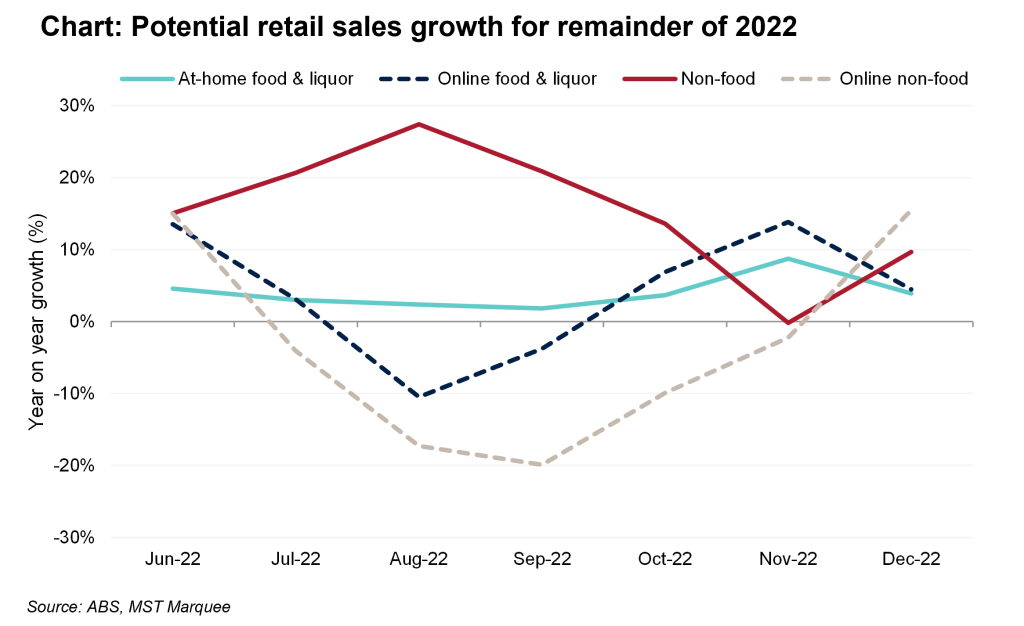Toggle intro on/off
Australian retail sales for January 2023
Shift within the retail wallet
07 March 2023
Retail sales for December 2022
First signs of slowdown emerging
06 February 2023
Retail sales for November 2022
Leaping a high hurdle
15 January 2023
Tourism and population recovery of sorts
A path towards normalisation
13 December 2022
The Retail Mosaic Issue 5
Australia vs New Zealand retailing - Are there parallels across the ditch?
10 December 2022
Our view on Christmas 2022
Joyful retailers this year
09 December 2022
Retail sales for October 2022
Moderating lockdown distortions
05 December 2022
Retail sales for September 2022
Online normalisation continues
05 November 2022
Retail sales outlook for remainder of 2022
What to expect over coming months
21 October 2022
Retail sales for August 2022
Online sales decline
06 October 2022
Search result for "" — 471 articles found
Not already a member?
Join now to get all the latest reports in full and stay informed.

